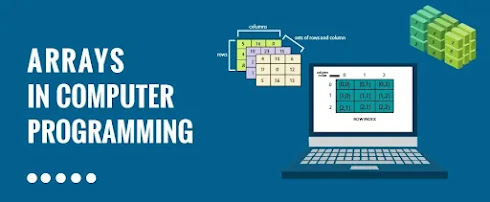THE DEVICE : DEFINITION AND CLASSES OF DEVICES (JS1 NOTES)
THE DEVICE DEFINITION AND CLASSES OF DEVICES DEFINITION OF A DEVICE Devices are instruments, equipment or machines made to perform specific functions. CLASS OF DEVICES 1. Mechanical Devices 2. Electromechanical Devices 3. Electronic Devices 1. Mechanical device: This is a mechanism consisting of a device that works on mechanical principles. Examples of this include ship, cart, sewing machine, motorcycle, car, typewriter, wheel barrow, Abacus, Slide rule, Napier bone, Pascaline, Jacquard’s loom, Babbage’s analytic engine 2. Electromechanical Devices: These are counting devices that could be operated both electrically and mechanically. Electro-mechanical devices include the following: Speeding Clock Blaise Pascal machine Gottfried Leibniz Machine 3. Electronic Devices : These are components for controlling the flow of electrical currents for the purpose of information processing and system control. Examples include photocopier, scorebo...




